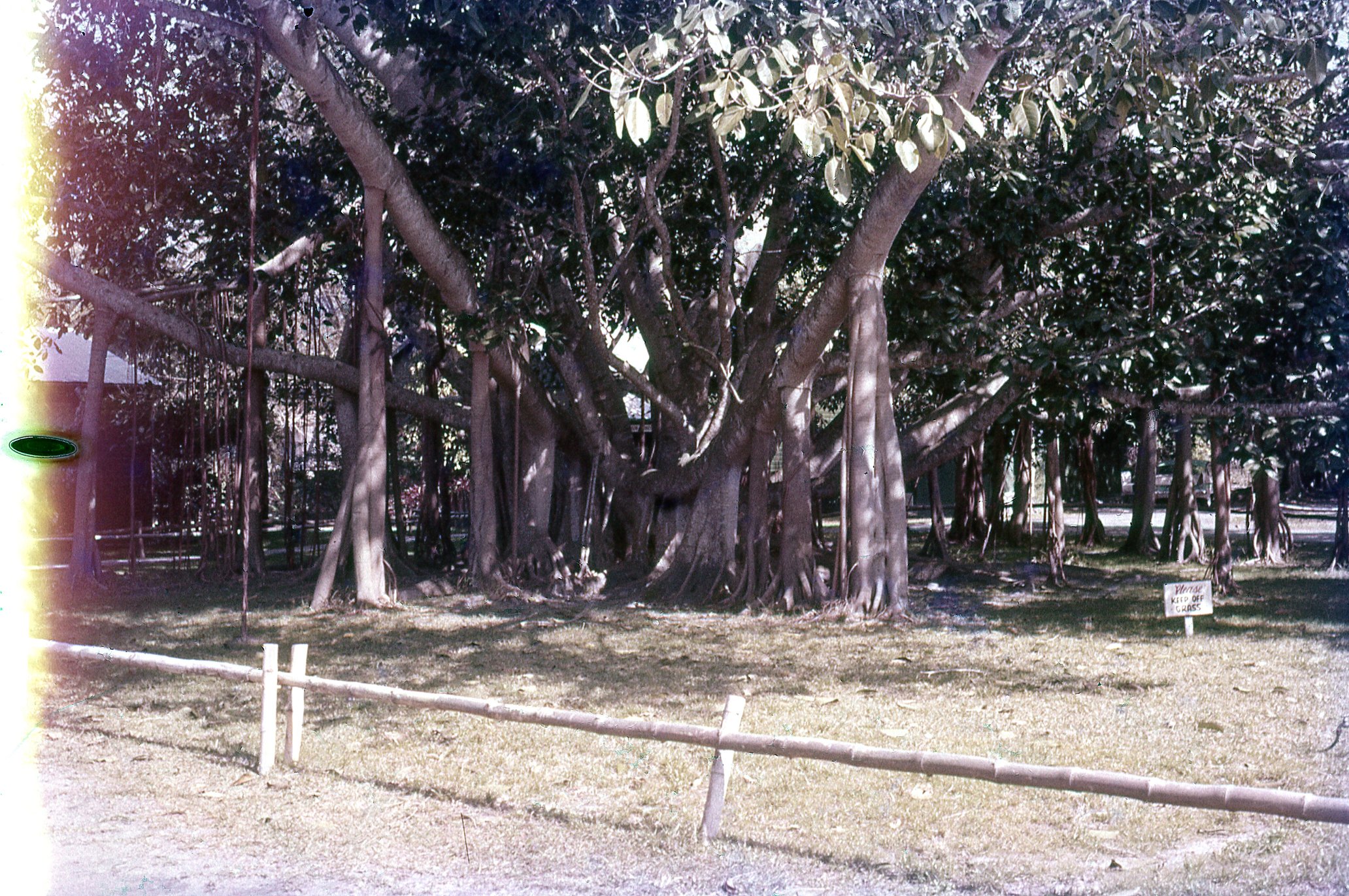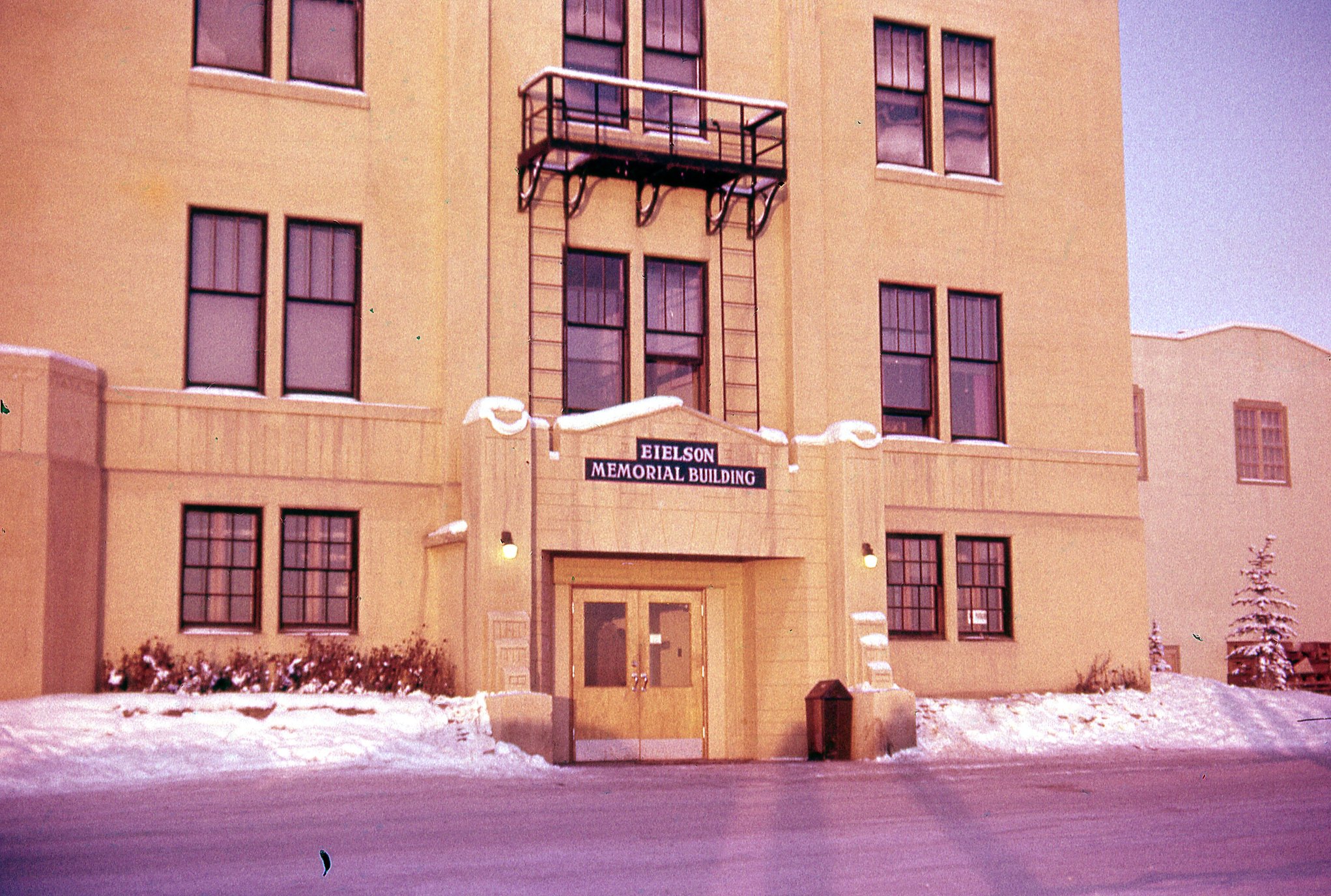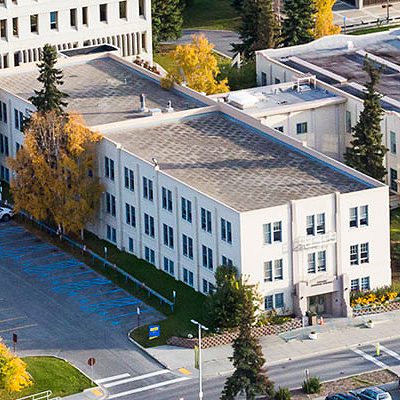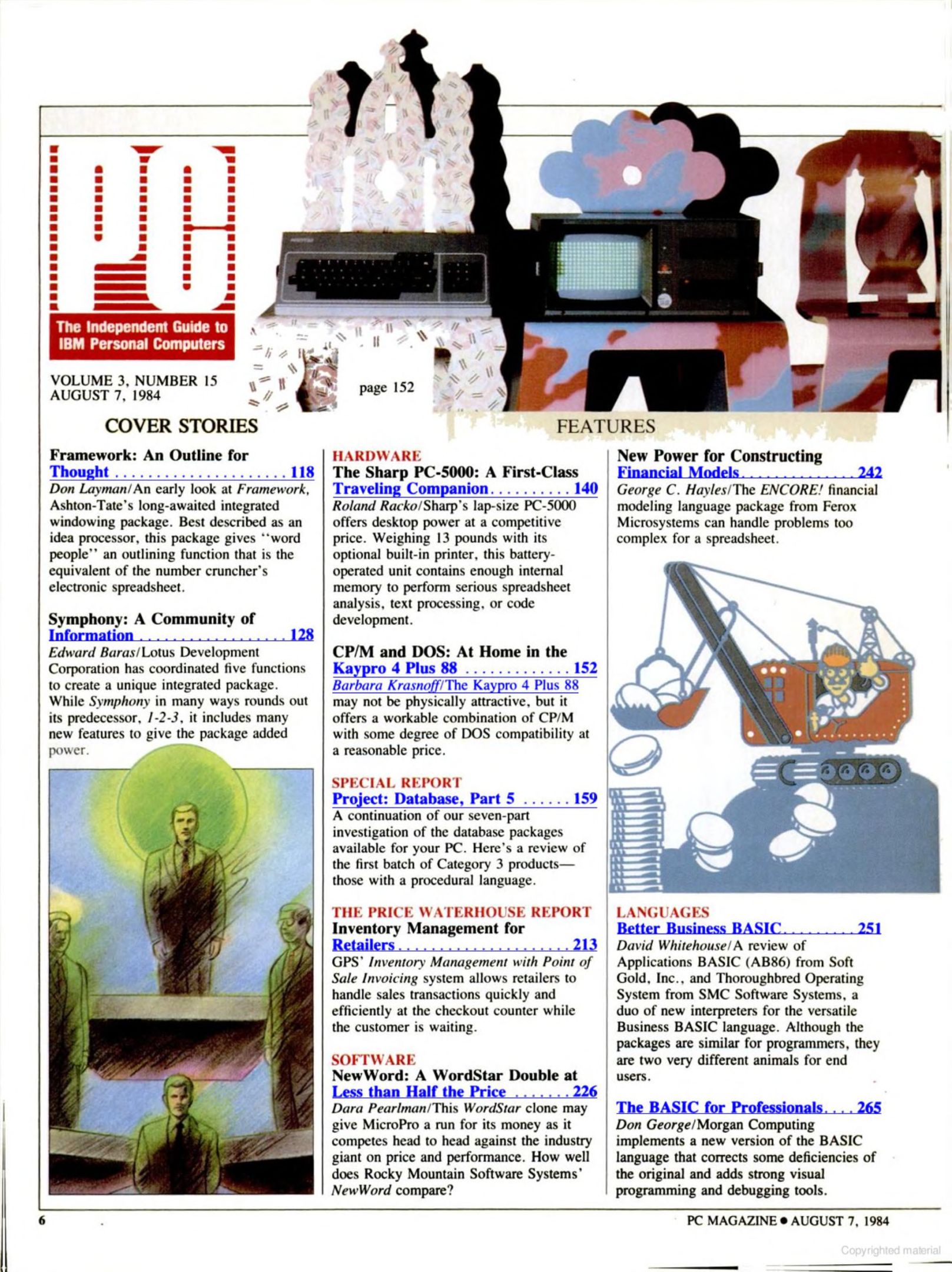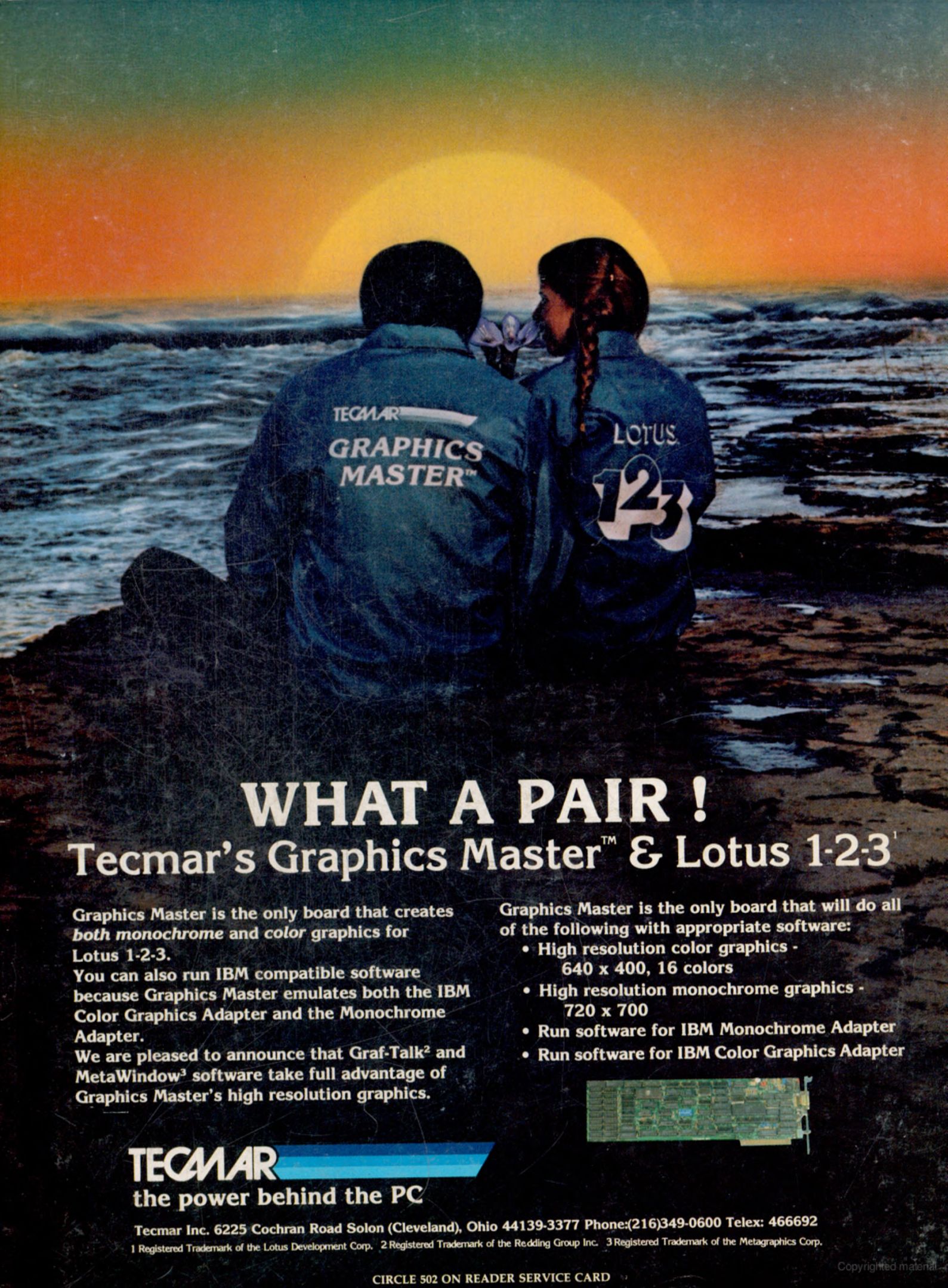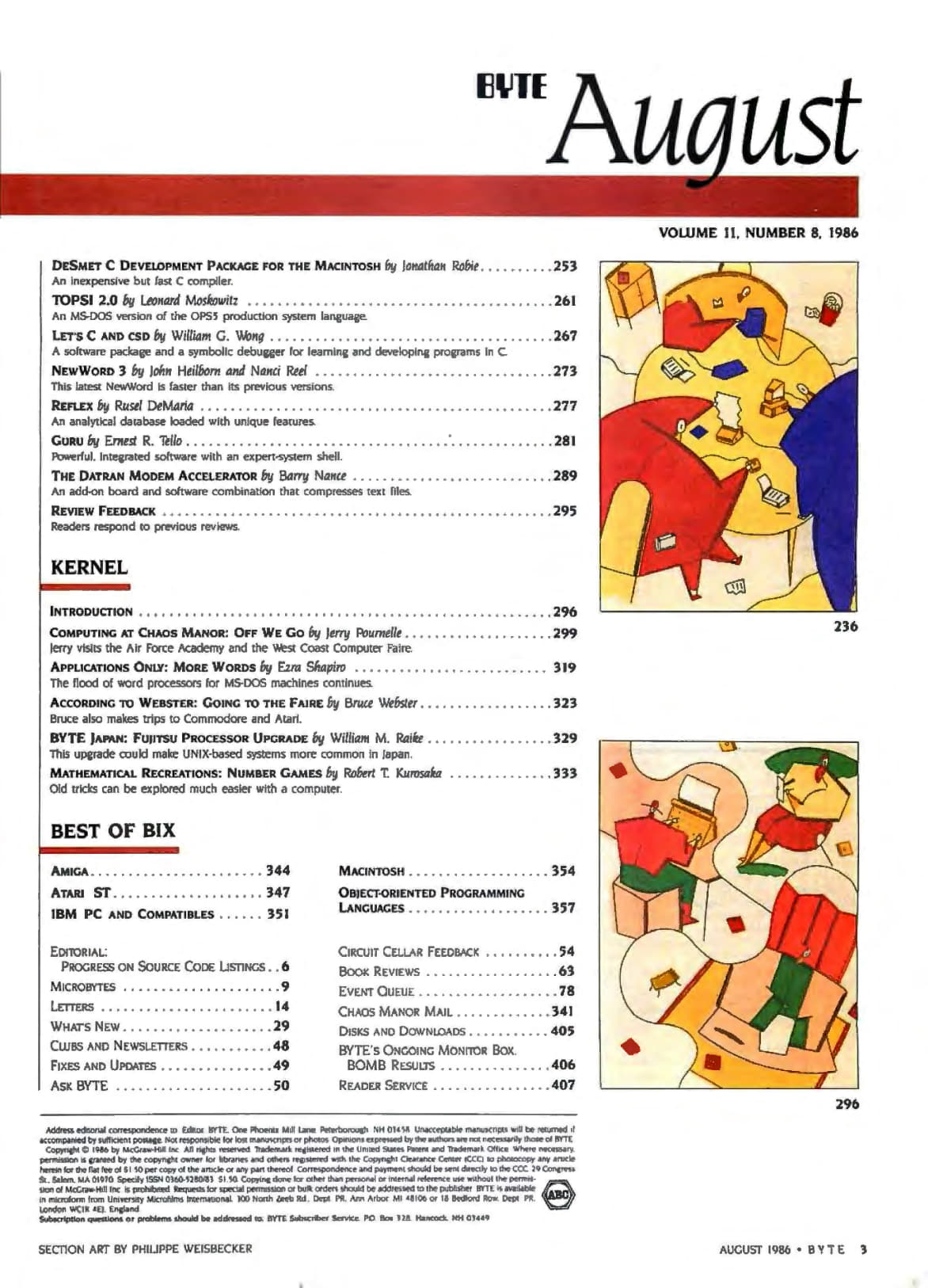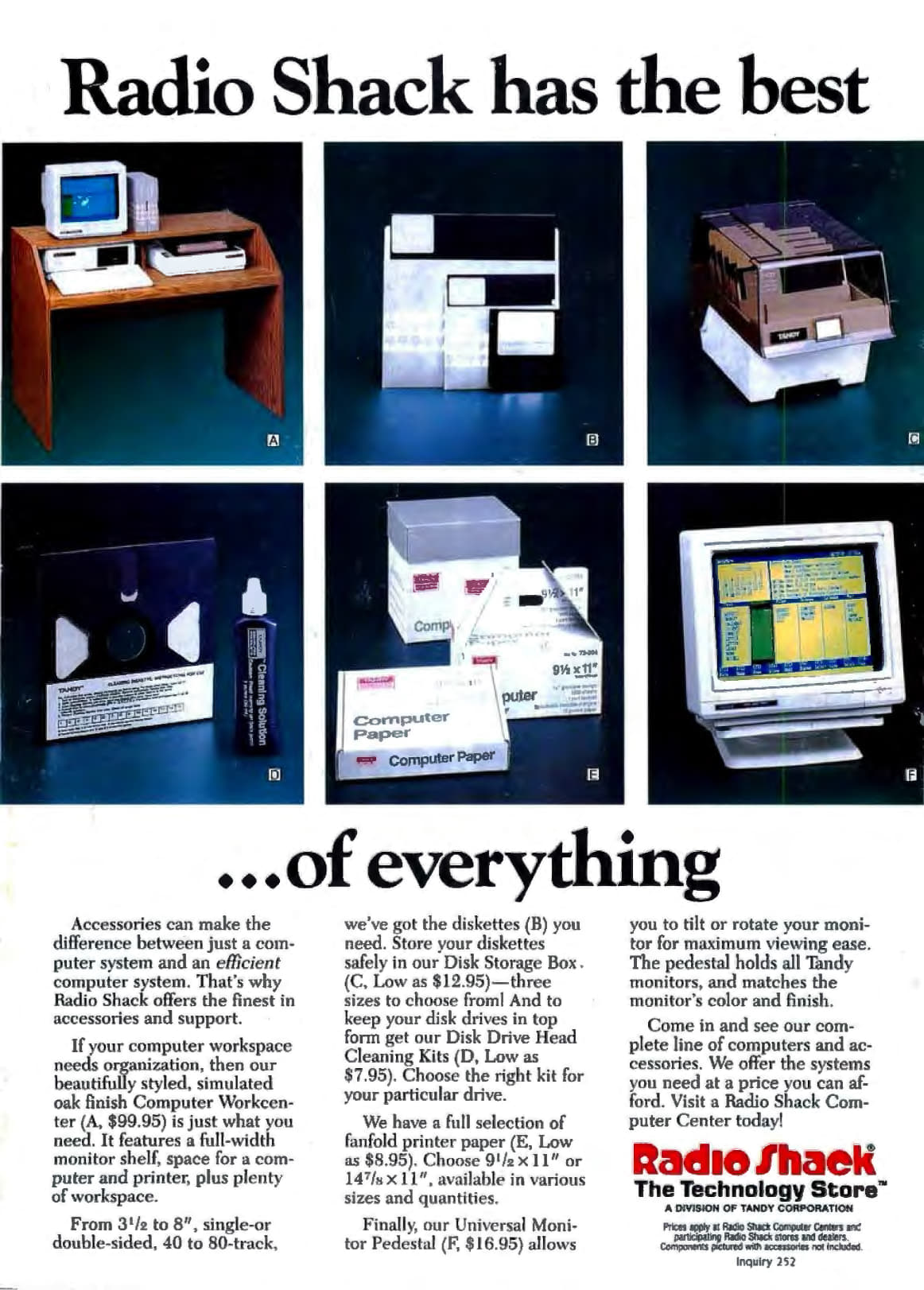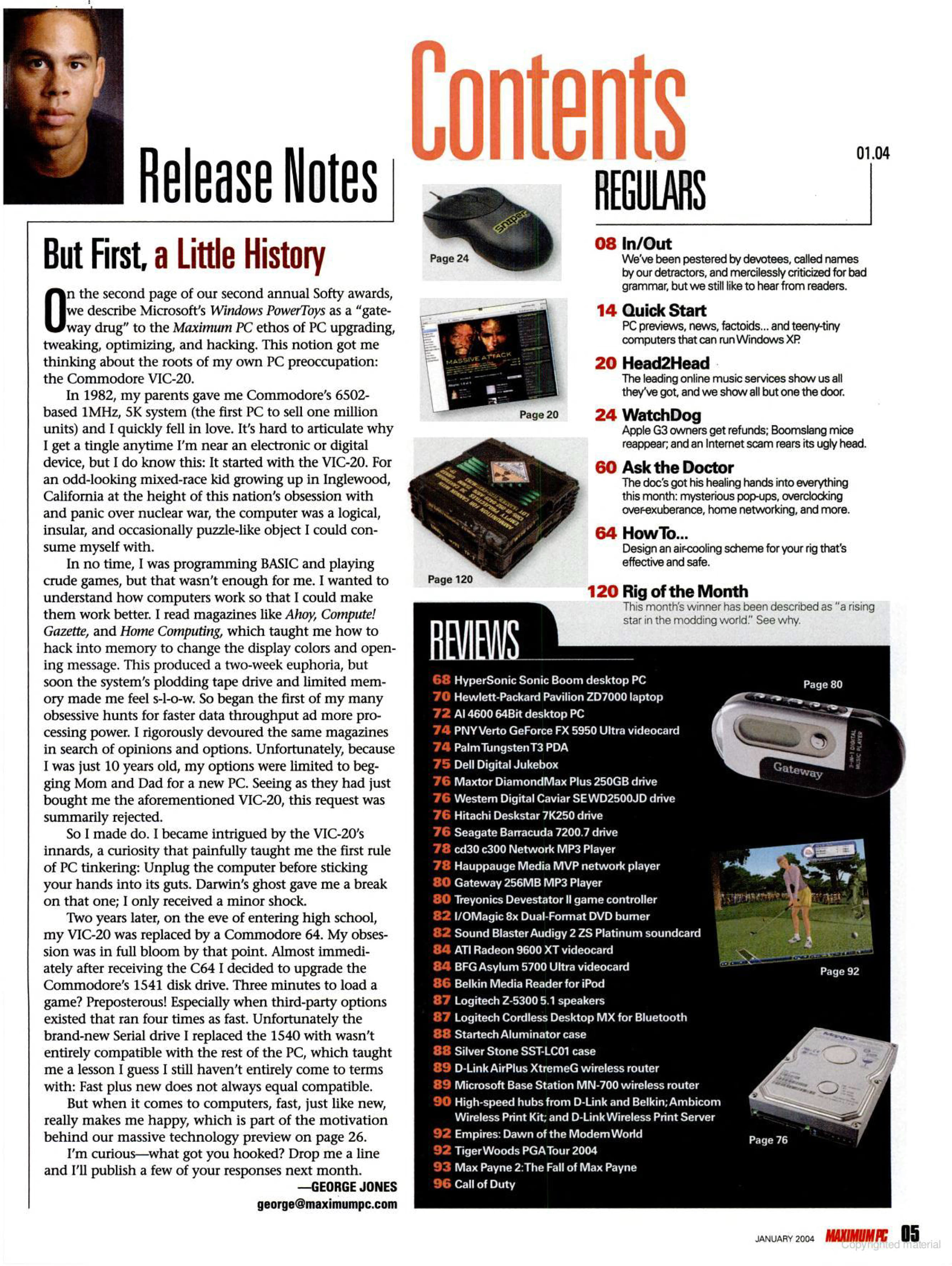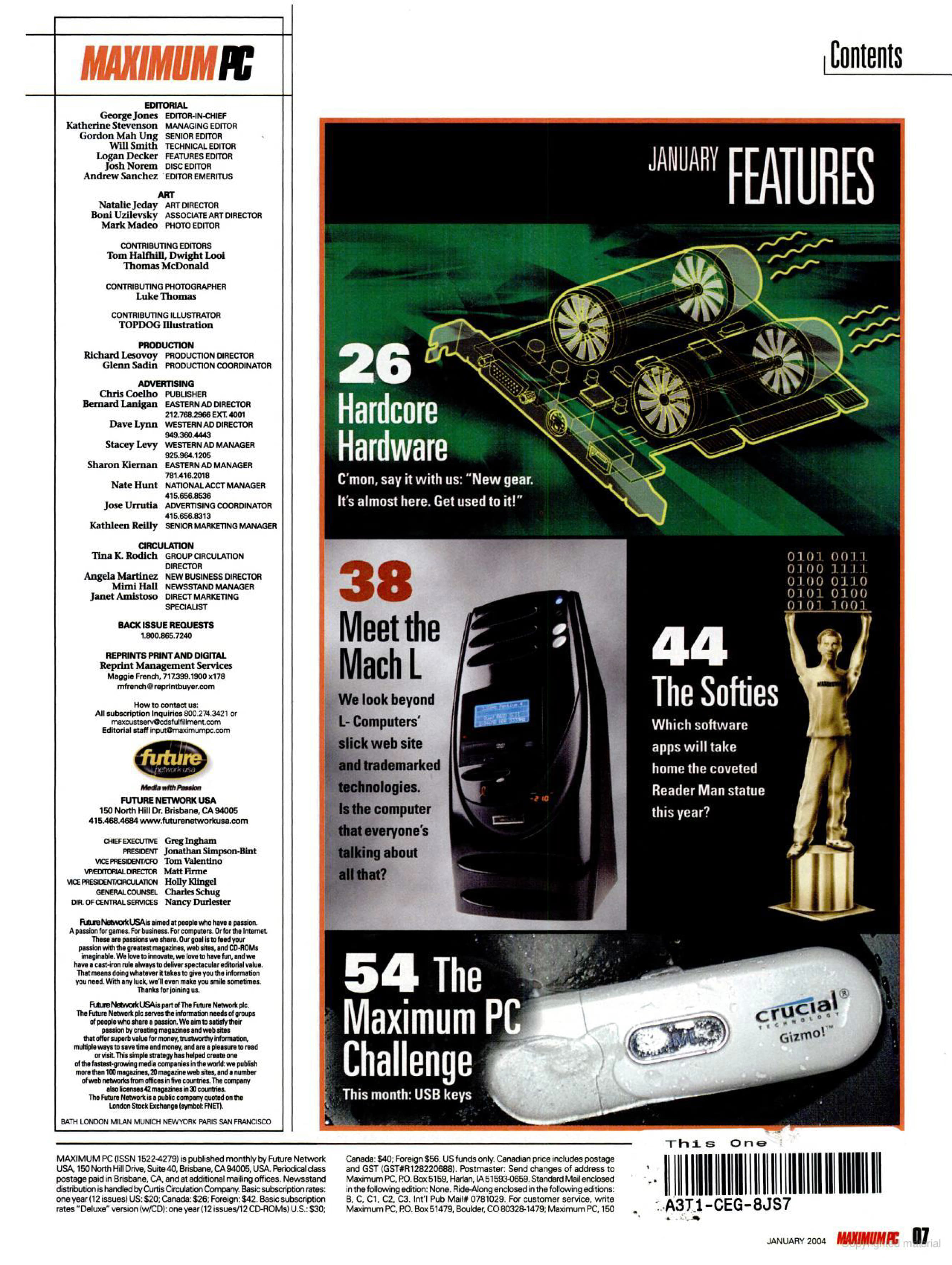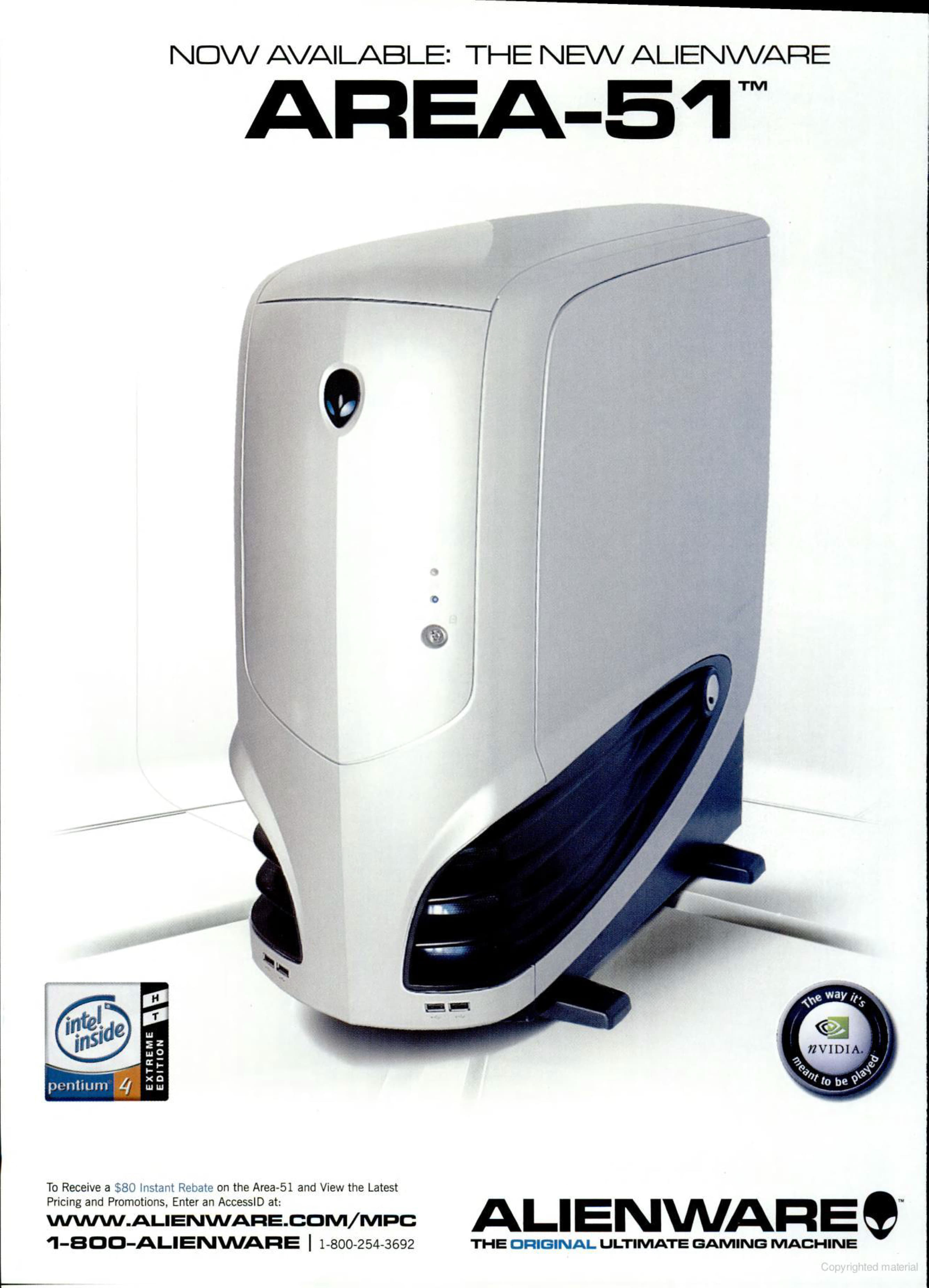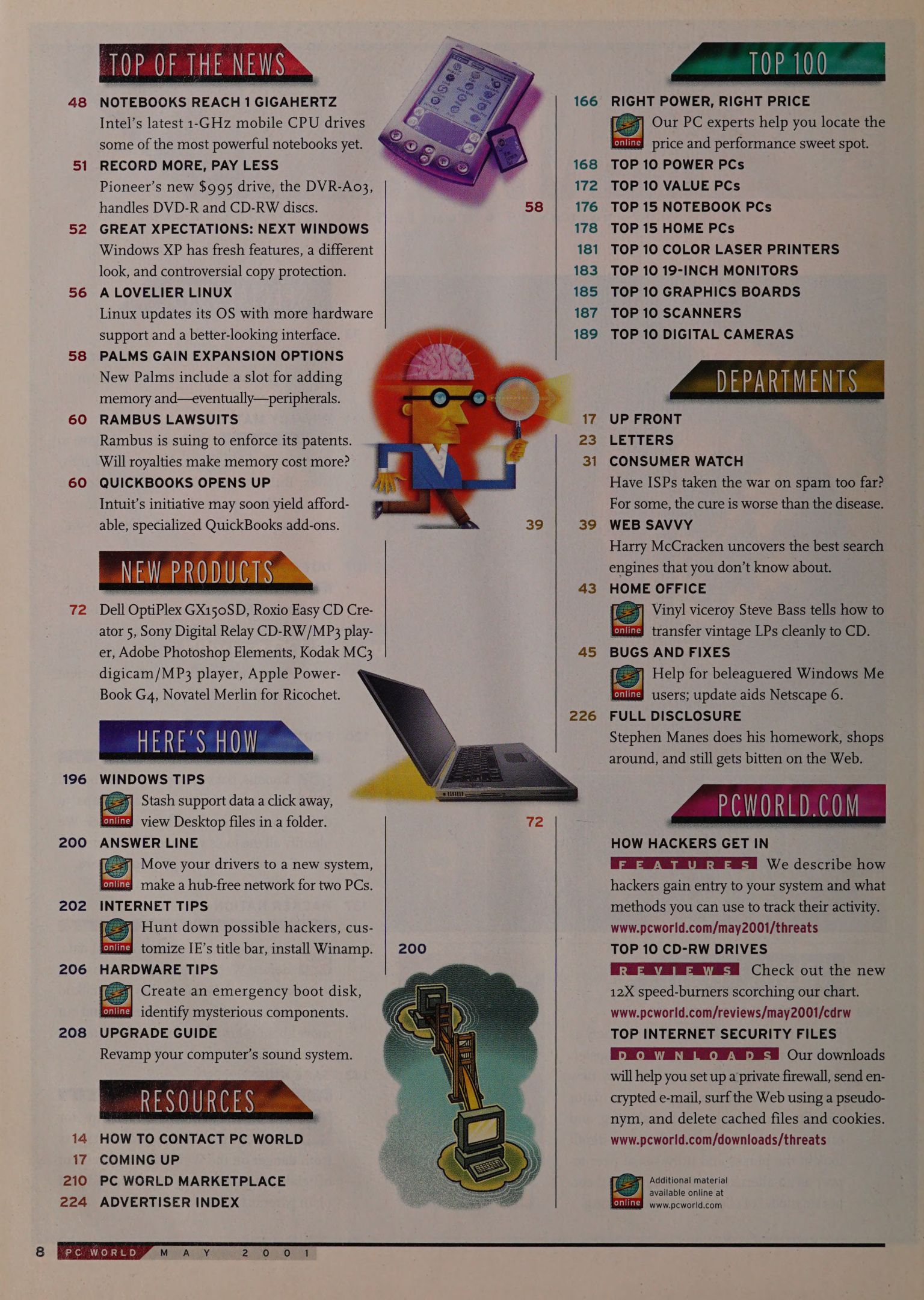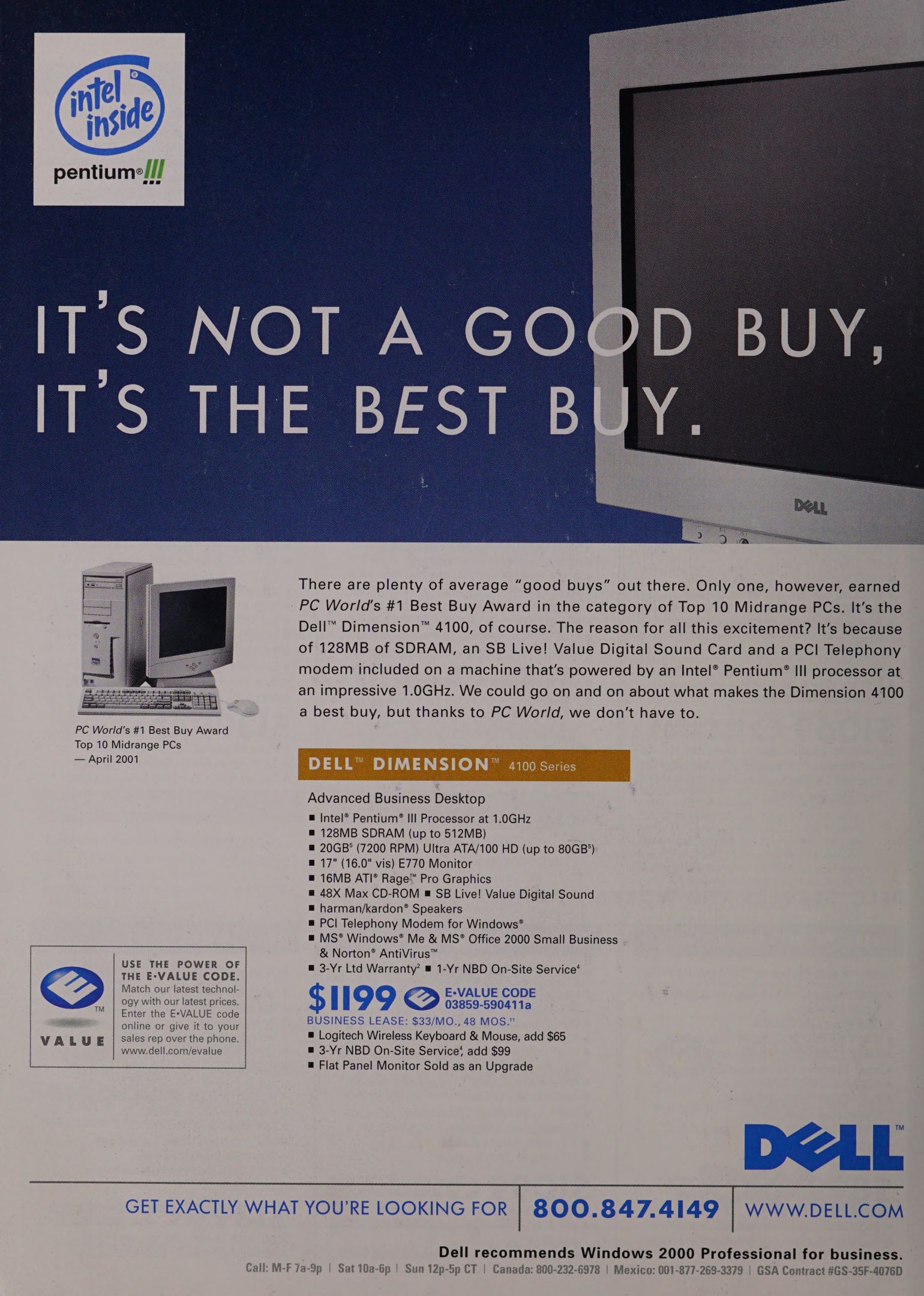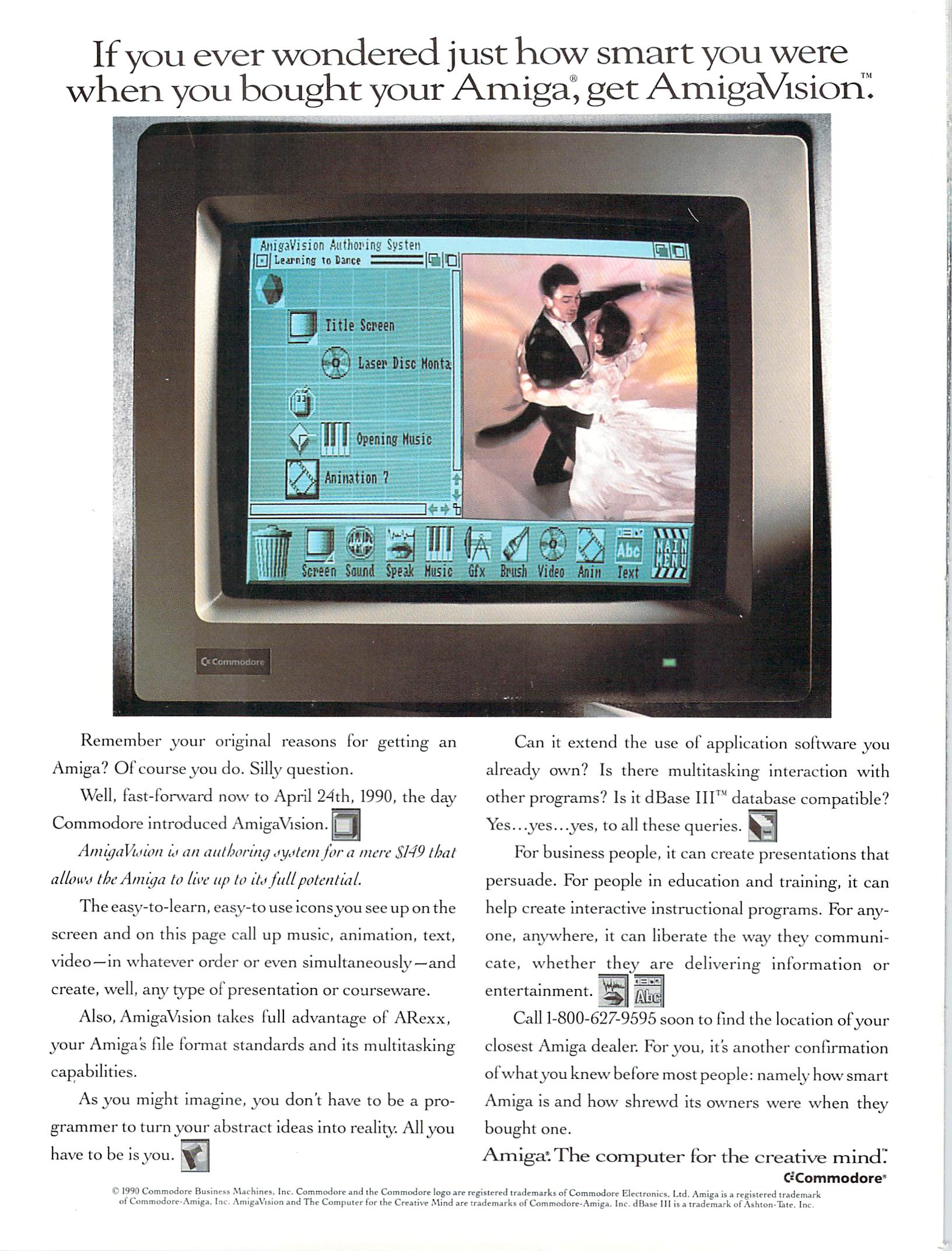Back when video game print magazines still existed, GamePro was one of the most popular. From the late 1980s until they ended, while there were others, GamePro and EGM really dominated, at least in North America. The December 1991 issue of GamePro includes:
- Letter from the GamePros - An editorial on the upcoming 16-bit holiday battle.
- The Mail - Letters from readers on technical capabilities of the Genesis vs. the Super NES, hooking a Super NES to a computer monitor, the Game Genie, renting games, and more.
- Cutting Edge - Updates on the state of the art in gaming, including a sequel to the PC Engine, upcoming CD-ROM systems, a new version of the PC Engine GT that has external CD-ROM, TV, and controller ports, the new Phillips CD-I, and more.
- Pro Reviews
- Nintendo - Reviews of The Simpsons: Bart vs. The World (featured on the cover), Mega Man 4, Batman: Return of the Joker, Wizardry II, Where in Time is Carmen Sandiego?, Dragon Warrior III, Tiny Toon Adventure, Uncharted Waters, The Fantastic Adventures of Dizzy and the Miracle Piano System. Almost all of these are excellent games.
- Genesis - Reviews of Rolling Thunder 2, Battlemaster, Pit-Fighter (pretty awful game on any system), Chuck Rock, Fatal Rewind, and Quackshot.
- Super NES - Reviews of U.N. Squadron (one of the earliest horizontal shooters for the SNES), Final Fight, Lemmings, Super Adventure Island, and Smash TV (one of my favorites though it is hard).
- TurboGrafx-16 - Reviews of Cadash, Champions Forever Boxing, Andre Panza's Kick Boxing, and It Came From the Desert.
- Master System - A review of Sonic the Hedgehog (an excellent 8-bit translation)
- Special Feature: So, You Want To Buy a 16-Bit System... - A comparison of the major 16-bit systems going into the holiday season including the Sega Genesis, TurboGrafx-16 and the newly released Super Nintendo.
- Special Feature: GamePro's Video Football Playoffs - A comparison of some of the available football games including John Madden Football '92 (Genesis), Joe Montana II Sports Talk Football (Genesis), Mike Ditka Power Football (Genesis), John Madden Football (SNES), Tecmo Super Bowl (NES), Tecmo Bowl (Game Boy), Joe Montana Football (Game Gear), and NFL Football (Lynx).
- Overseas ProSpects - A brief look at new games released in Japan including Spriggan (PC-Engine CD-ROM) and Valis IV (PC-Engine CD-ROM).
- S.W.A.T. (Secret Weapons and Tactics) - Tips, tricks, passwords and more for Maniac Mansion (NES), Turrican (Genesis), Bonk's Revenge (TurboGrafx-16), Little Ninja Brothers (NES), John Madden Football (Genesis), Sonic the Hedgehog (Genesis), Devil's Crush (TurboGrafx-16), Moonwalker (Genesis), Bases Loaded II (NES), Super Mario Brothers (NES), Power Ball (Genesis), Fantasia (Genesis), Gradius III (Super NES), SCAT (NES), Princess Tomato in the Salad Kingdom (NES), Batman (Genesis), Hunt for Red October (Game Boy, NES), and more.
- Ask the Pros - Readers ask and get answers about difficult gaming situations in Princess Tomato in the Salad Kingdom (NES), Skate or Die 2 (NES), Sonic the Hedgehog (Genesis), Spider-Man (Genesis), Bonk's Revenge (TurboGrafx-16), Operation C (Game Boy), Shinobi (Game Gear), and more.

Table of Contents from the December 1991 issue of GamePro
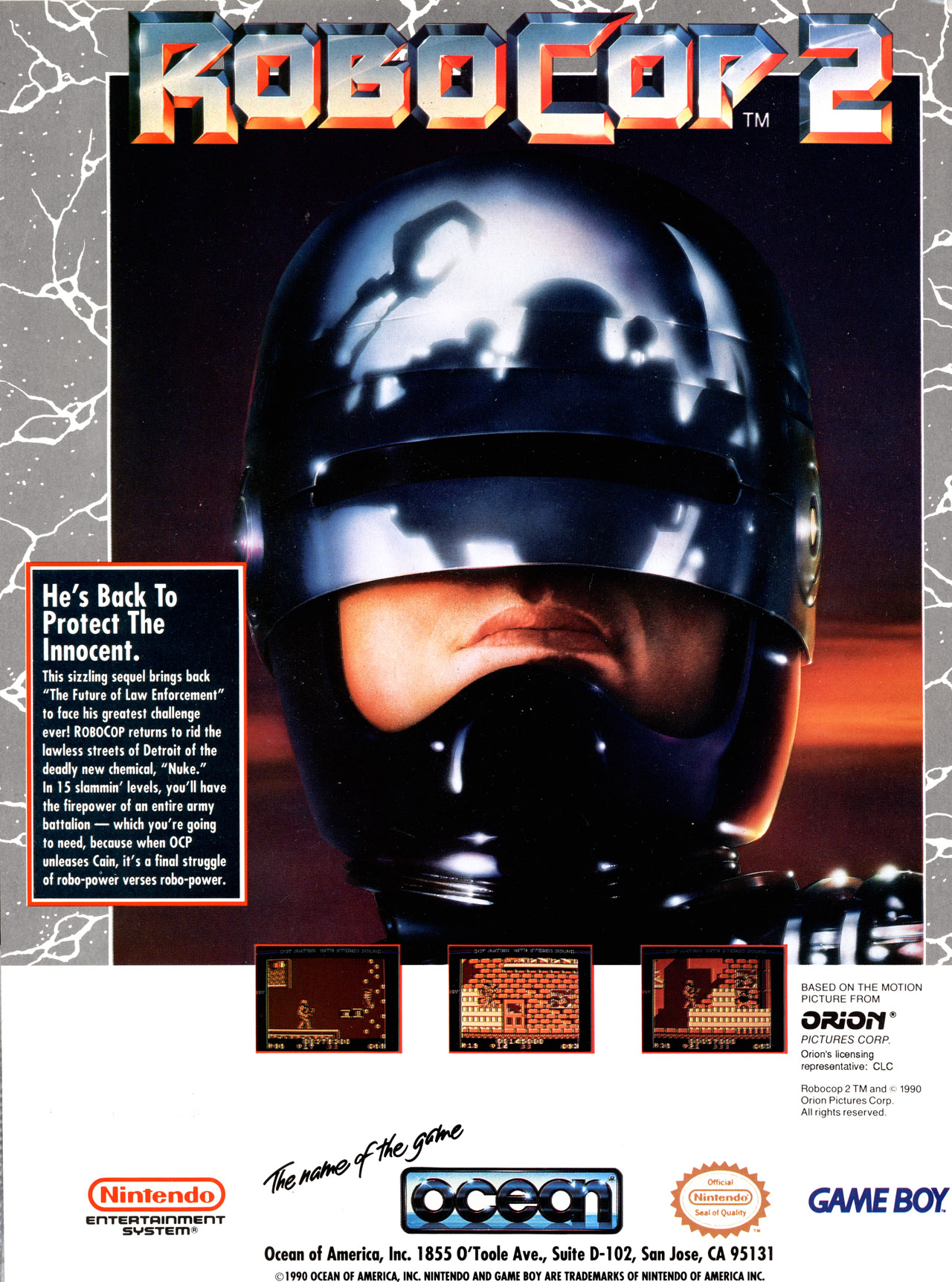
Back cover of the December 1991 issue of GamePro
Read more: https://www.megalextoria.com/wordpress/index.php/2024/07/30/gamepro-december-1991/




